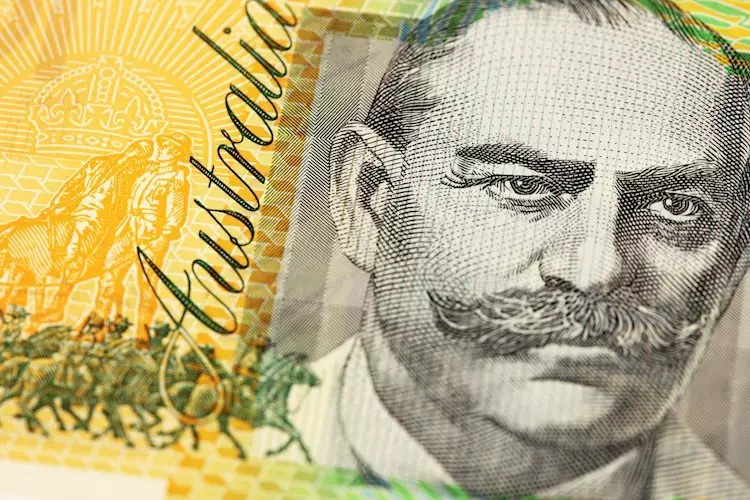The Australian Dollar (AUD) saw a rise against the US Dollar (USD), climbing to 0.6950. This increase was fueled by comments from Reserve Bank of Australia’s (RBA) Governor Michele Bullock, who maintained a hawkish stance. Despite mixed economic forecasts and rising inflation, the RBA’s commitment to its current policy stance has led to market expectations of only a minimal rate cut in 2024. This has sparked interest in the Aussie among traders and investors.
The weakening of the US Dollar, coupled with mixed sentiment data from the United States, also played a role in the AUD/USD upswing. The USD’s decline was influenced by weak housing market data and diverging monetary policies between the US and Australia. As a result, the AUD experienced a boost against the USD.
From a technical perspective, the AUD/USD pair displayed significant volatility, with a slight bias towards bullish momentum. The Moving Average Convergence Divergence (MACD) indicator showed rising green bars, suggesting an upward trend. The Relative Strength Index (RSI) hovered around 50, indicating a bullish signal. Key support levels for the pair were identified at 0.6600-0.6630, with resistance near the 0.6650 region. Any breakout in either direction could signal further movement for the pair.
The RBA plays a crucial role in setting interest rates and managing monetary policy for Australia. Its primary mandate is to maintain price stability, with an inflation rate target of 2-3%. The central bank also aims to contribute to currency stability, full employment, and overall economic prosperity. By adjusting interest rates, the RBA can influence the value of the Australian Dollar (AUD). Additionally, tools such as quantitative easing and tightening are used in extreme economic conditions.
Macroeconomic data, such as GDP, PMIs, employment figures, and consumer sentiment surveys, can significantly impact the value of the Australian Dollar. A strong economy can lead the RBA to raise interest rates, supporting the AUD. Investors tend to flock to economies with stable growth, increasing demand for the local currency. Inflation, traditionally seen as negative for currencies, can attract capital inflows and strengthen the AUD in modern times.
Quantitative Easing (QE) is used by central banks to boost liquidity in the economy by purchasing assets from financial institutions. This process usually results in a weaker currency, as seen in the case of the AUD. On the other hand, Quantitative Tightening (QT) occurs when a central bank reverses QE measures, leading to a strengthening currency. Both QE and QT can have a significant impact on the value of the Australian Dollar.
The recent upswing in the AUD/USD pair was influenced by a combination of factors, including positive RBA comments, weakening USD, and technical indicators pointing towards bullish momentum. The RBA’s role in managing monetary policy, coupled with macroeconomic data and QE/QT measures, continues to shape the value of the Australian Dollar. Traders and investors should monitor these factors closely to make informed decisions in the forex market.

